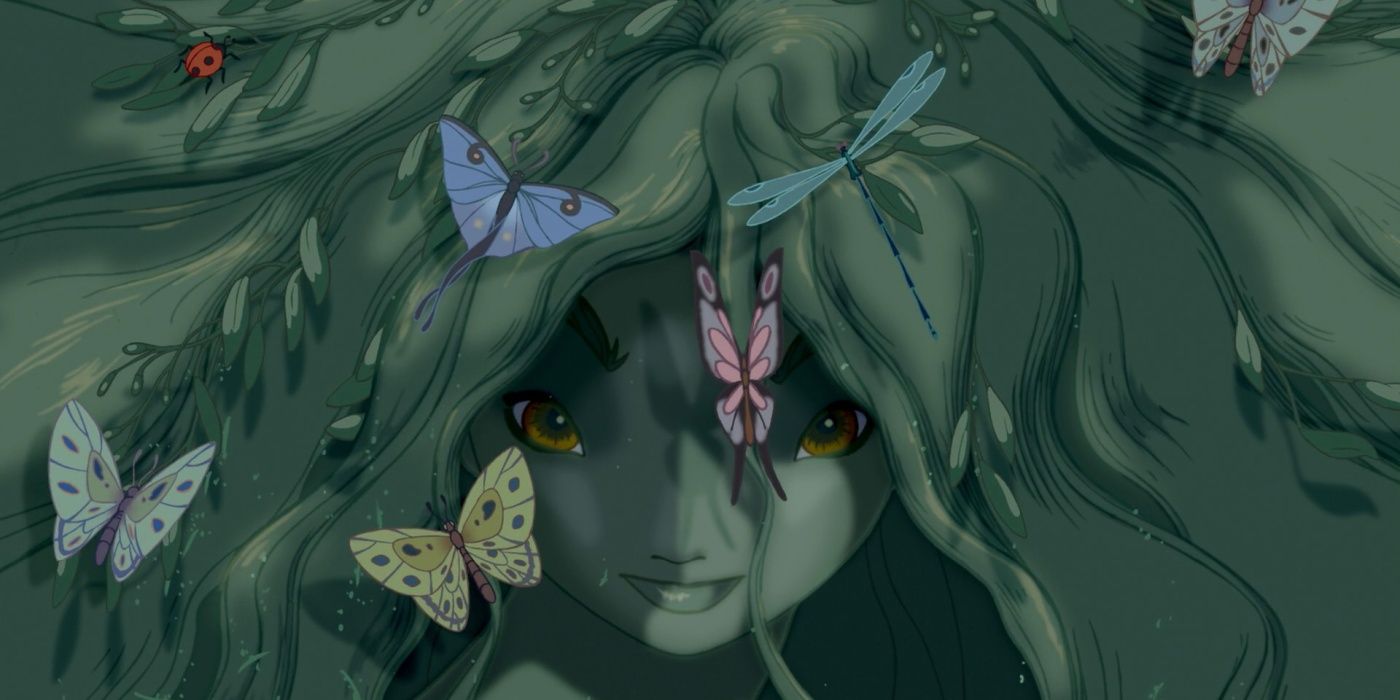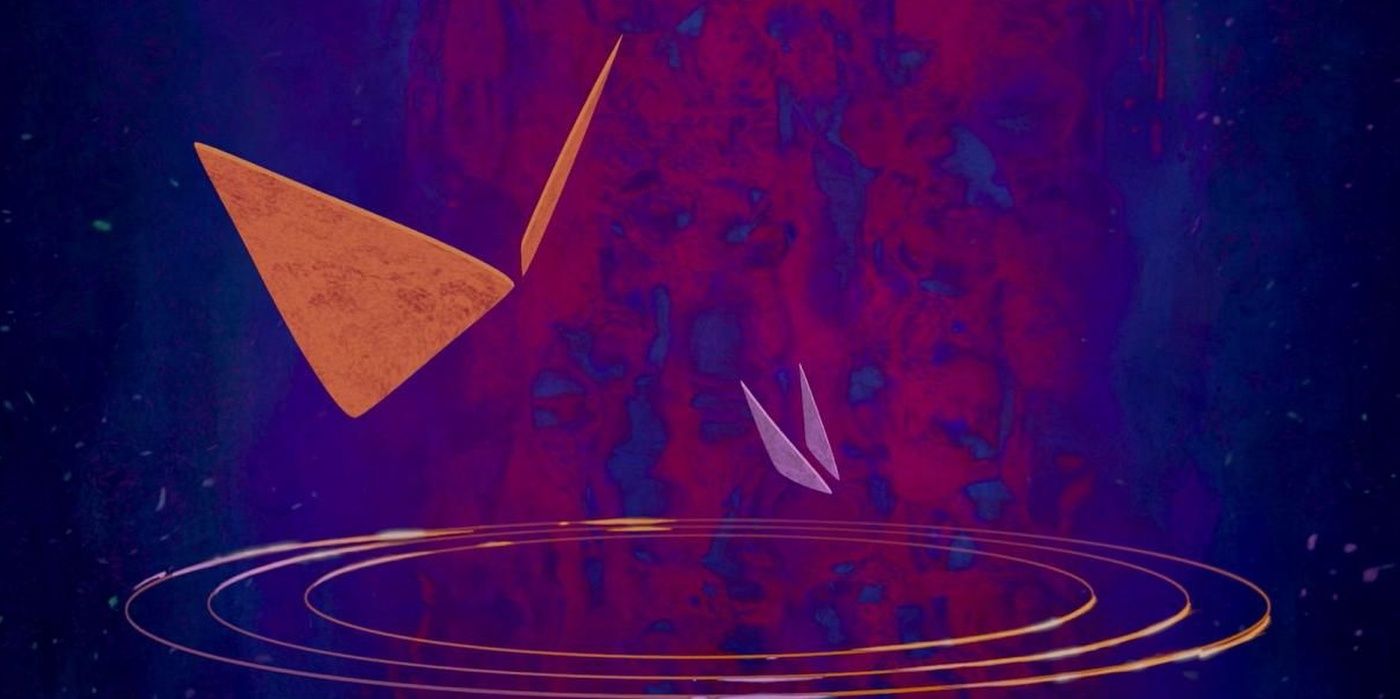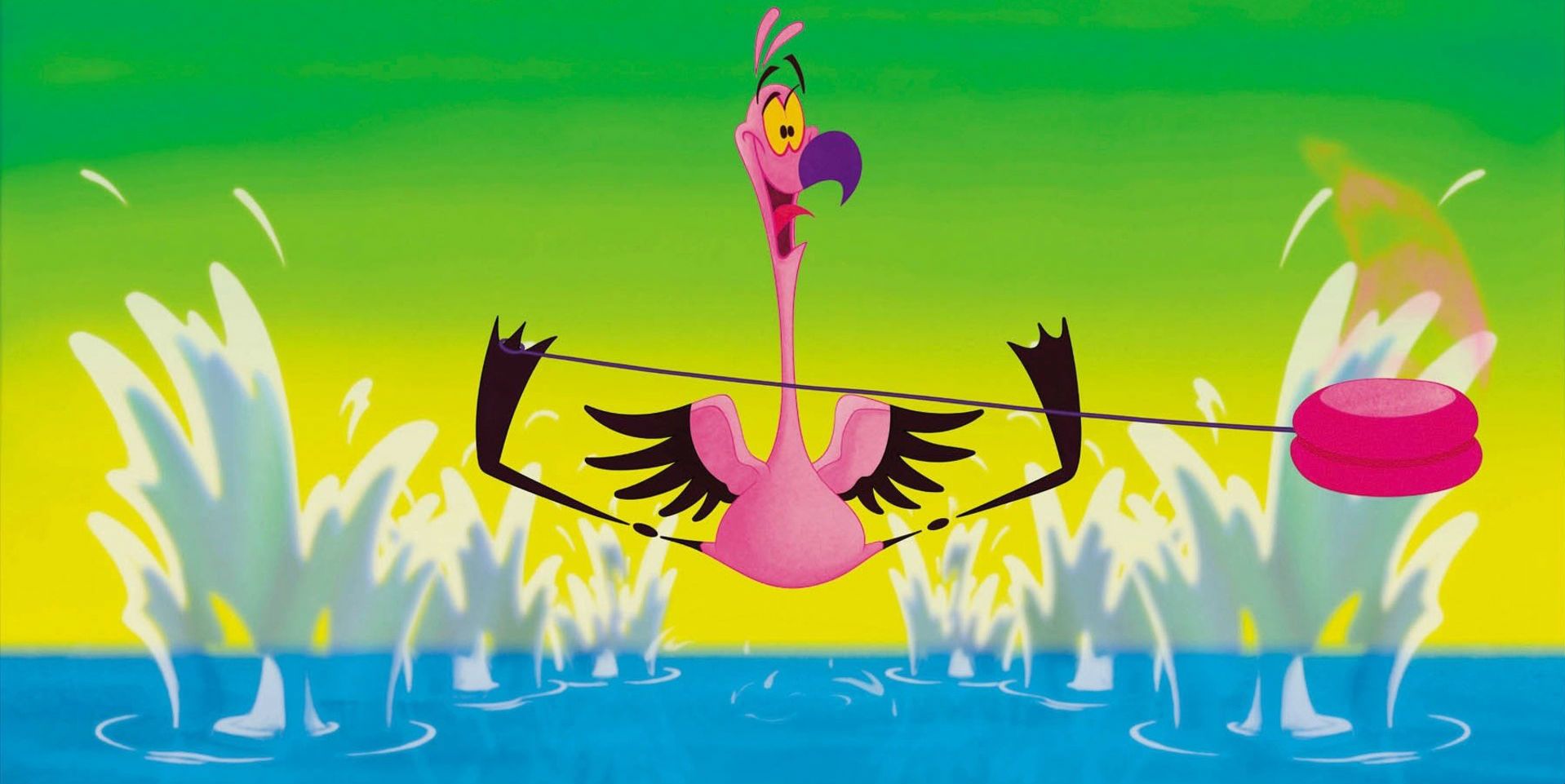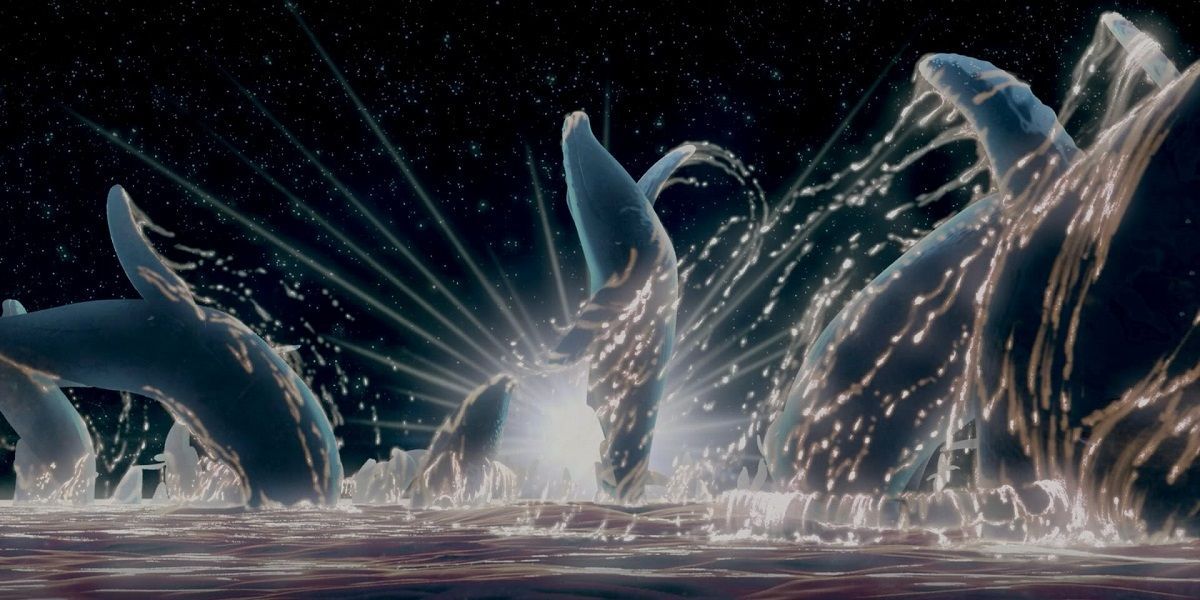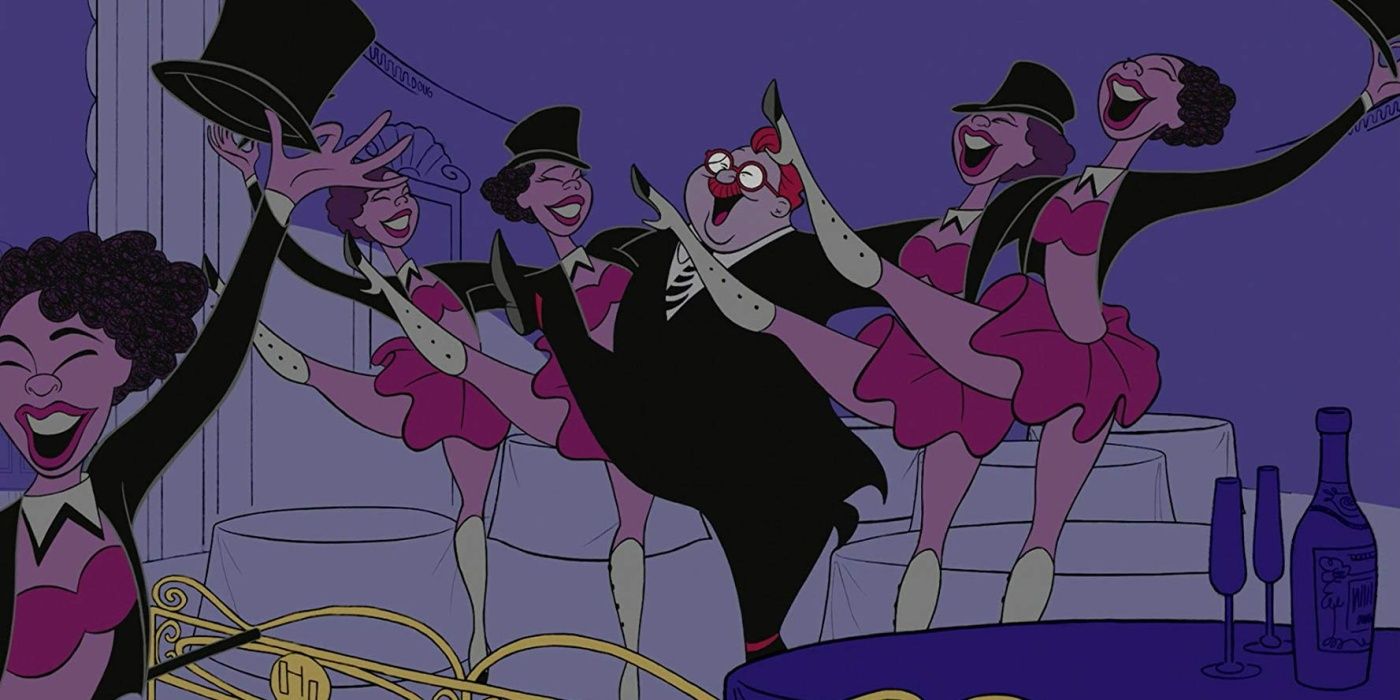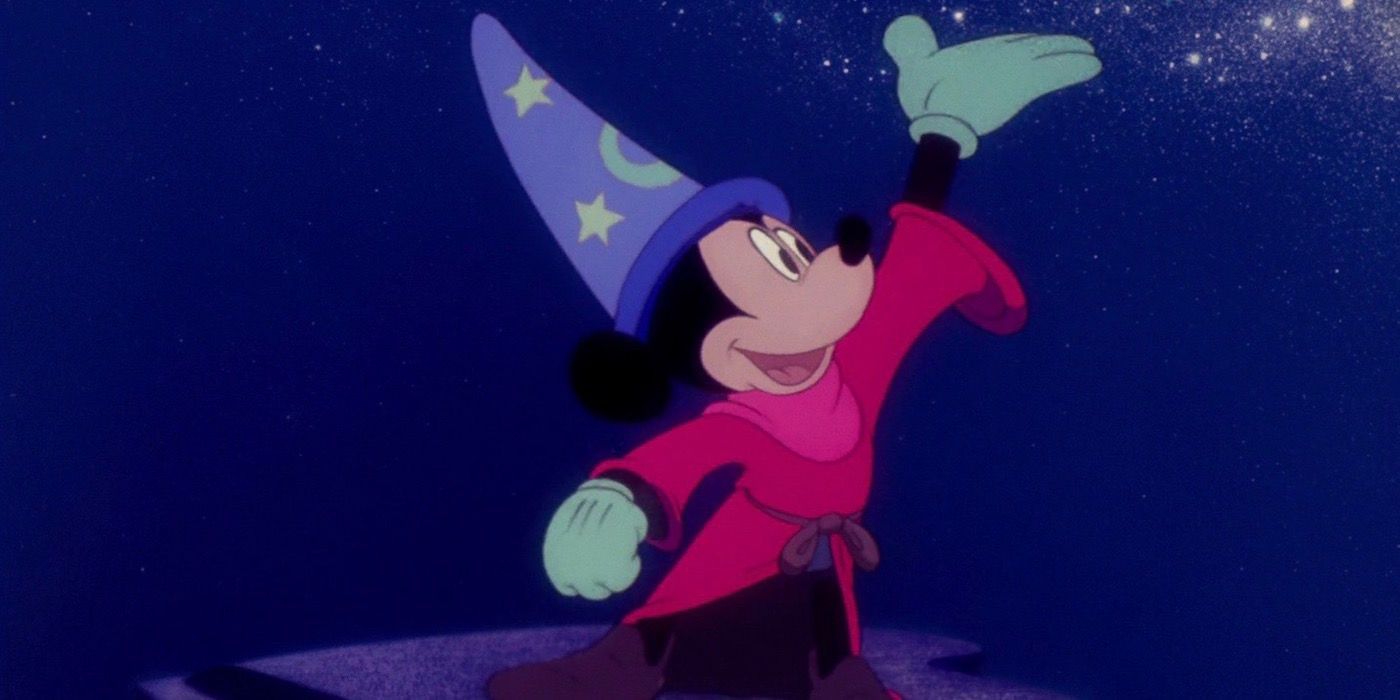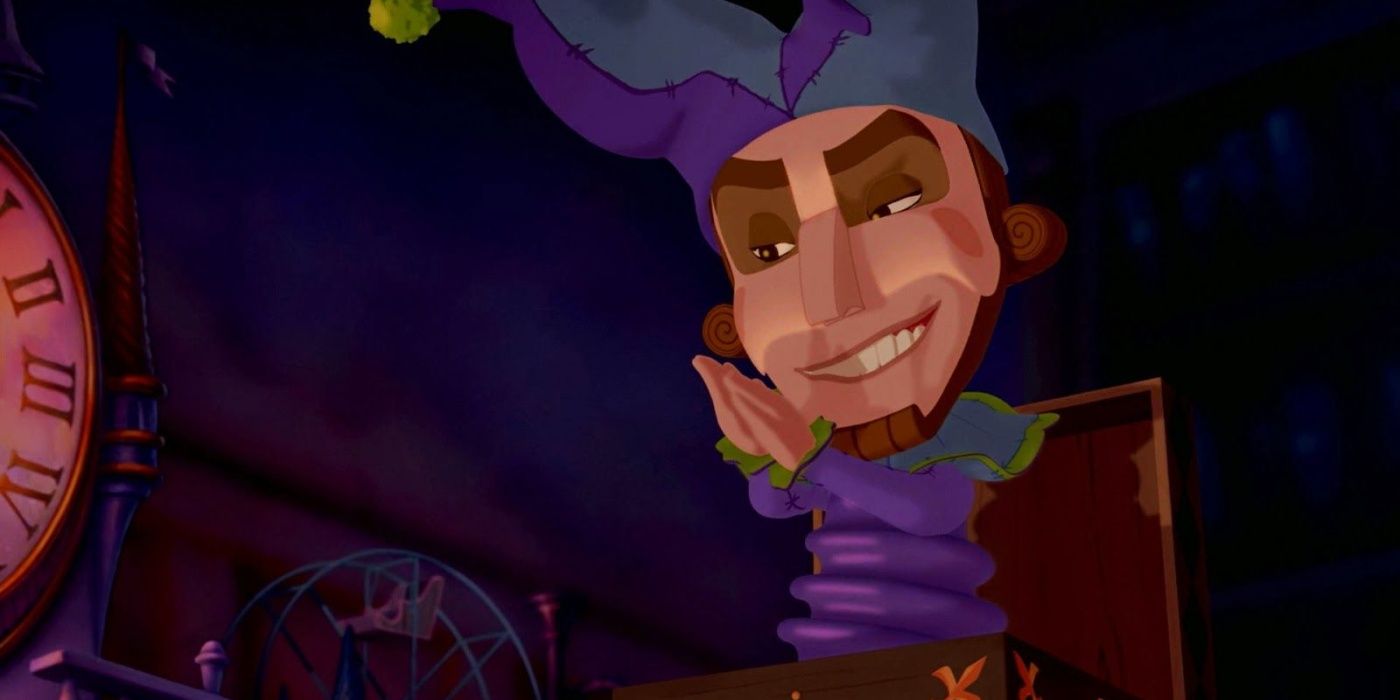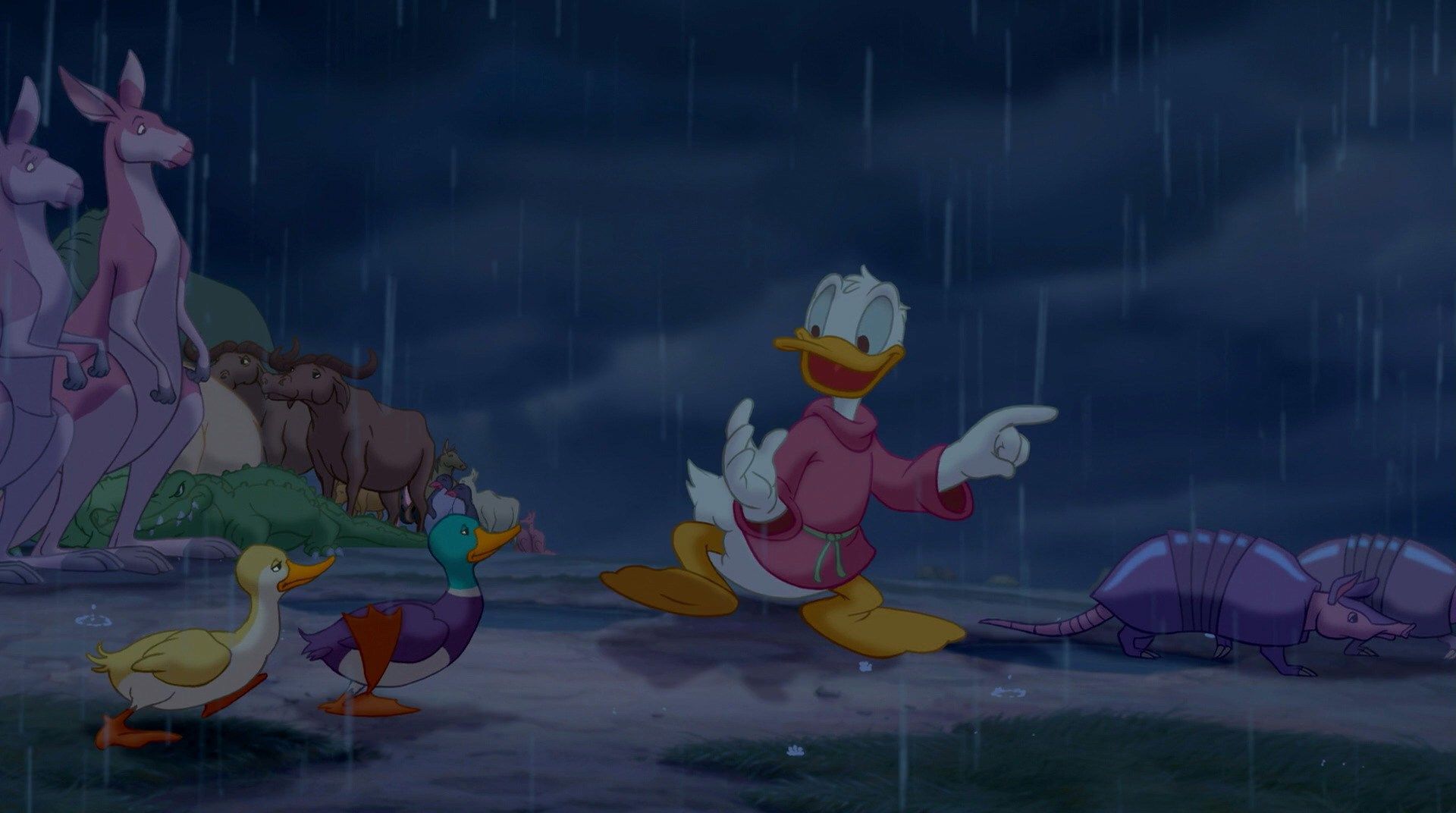When Walt Disney put his plans for Fantasia into action, his original plan was to make Fantasia a regular event that was constantly changing and evolving. New pieces of music, new styles of animation, and new additions every time the film series evolved. It would be less of a film and more of an event.
Unfortunately, Walt's vision never came to pass, but we did get a sequel to the original Fantasia in 1999. Fantasia 2000 is arguably a new and improved concert feature for a more contemporary audience. The film features a wider variety of music and even different styles of animation featuring CGI graphics. This was what Walt wanted, and we're here today to see how the different sequences of the film compare. This is Fantasia 2000 ranked.
Symphony No. 5
Similar to how "Toccata En Fuge" was an experimental abstract piece to open the original Fantasia, Beethoven's "Symphony Number 5" takes a similar route but incorporates a more tangible story. Known as "Bats and Butterflies," the first segment uses colors and fractal shapes depict the adventure of two butterflies as they flutter about in a geometric world. Though not as abstract as "Toccata En Fuge," the piece was still a little on the psychedelic side.
"Symphony Number 5" starts our list not because there's anything wrong with it, but because it appears to be an undecided creation. Does it want to be an abstract experiment like its predecessor, or does it want to tell a definite story? It tries to do both, but there are some who would argue that it doesn't need to. That being said, it's still an interesting way to open the film.
Carnival of the Animals
We will give this segment a little wiggle room, mainly because we love hearing James Earl Jones say "What would happen if you gave a yo-yo to a flock of flamingos?" Said flamingos are the stars of "Carnival of the Animals" by Camille Saint Saens, and though the sequence is entertaining and enjoyable, it's also incredibly silly for something like Fantasia.
RELATED: 10 Disney Animated Movies That Have Not Aged Well
Don't get us wrong, the sequence is really well done, enjoyable, and fits the music absolutely perfectly. But when you pair a sequence like this against something like "Pastoral Symphony" or even the "Pines of Rome" sequence, it's a little kooky. It's a great way to introduce your kids to these pieces of music, but the adults might find it lacking.
Pines of Rome
Two words, space whales. This sequence set to Ottorino Respighi's "Pines of Rome" could have been Fantasia 2000's answer to Beethoven's "Pastoral Symphony" but thankfully the Disney animators thought differently and decided to give us this epic featuring flying humpback whales. We don't know why we've got humpback whales flying through space, but we don't really mind.
This is a near-perfect sequence for something like a Fantasia film. Though the graphics might be a little dated by today's standards, the scale of the animated world and the score that accompanies it is absolutely phenomenal. The story is minimal but understandable, the characters are lovable, and the overall effect is a blend of epic and dream-like fantasy. It's a beautiful sequence, but maybe not for everyone.
Rhapsody in Blue
With Gershwin's "Rhapsody in Blue" we have the very first jazz piece to be incorporated into a Fantasia film. Using the stylistic sketches of cartoonist Al Hershfield, the sequence pays tribute to the musical and visual styles of old New York. For many viewers, this might be the first time hearing this piece of music, and we can think of no better way to introduce it than through this beautiful blue sequence.
With a whimsical visual style, a roaring jazz backdrop, and a cast of colorful characters the audience can identify and adore, "Rhapsody in Blue" is an alternative piece to the Fantasia library we could honestly watch on its own. It's a touch of modern blended in with the classics, that we are 100% behind.
The Sorcerer's Apprentice
Is it cheating to reuse a previously featured sequence for a new film? Maybe, but because its stars our favorite mouse wizard, we'll let it slide. Since Mickey in his sorcerer gear is practically the face of Fantasia, there's no way Disney wouldn't include him in the newer film. Though it's a retread of what made the first film iconic, we'd be lying if we said we didn't love watching it.
There's nothing really new that can be said about this sequence. It's an adaptation of the Sorcerer's Apprentice story starring Mickey Mouse, enough said. We like the fantasy elements, the psychedelic uses of color, Mickey controlling the cosmos with a magic hat, it's all been done before. That being said, it was iconic then, it's iconic now, and no new sequence will ever take that away from the master mouse himself.
Piano Concerto No. 2, Allegro, Opus 102
If that title's too much of a mouthful, just refer to it by it's Fantasia 2000 name, "The Steadfast Tin Soldier." This sequence is essentially the 2000 film's answer to "The Sorcerer's Apprentice." It's a piece of music where the story came first, and the score wonderfully fits Hans Christian Andersen's fairytale like a glove.
This sequence can be summed up in one word, charming. We'd be lying if we said this wasn't one of our absolute favorite sequences in the Fantasia universe. From the blossoming romance between the toy soldier and the ballerina to the sheer insanity that is the wicked Jack-in-the-box, the piece is an enchanting musical fairytale we could watch on repeat.
The Firebird Suite
"The Firebird Suite" is a mythological epic with an animation style that's just as powerful as the music that it brings to life. As Angela Lansbury so wonderfully put it, it is a tale of birth, death, and renewal. The story involves a beautiful spring sprite, a noble stag, and an evil phoenix who bring forth the life and demise of a natural landscape. It's one of those sequences you just have to watch to understand.
This is Fantasia 2000's "Night on Bald Mountain". It's a pairing of polar opposites, life and death, to bring about something incredible and gigantic. The blending of artistic styles is also keenly felt in this sequence, we can't be the only ones picking up anime vibes from the sprite and early, darker Disney from the titular Firebird. Disney ends the film on this grand finale, but we can think of a better way to finish.
Pomp and Circumstance
Before you touch that keyboard, we really wanted "Firebird" to take the number one place. But the thing about Elgar's "Pomp and Circumstance" is that it has more elements from Fantasia as a whole that make it great than "Firebird" does. In a style akin to "Sorcerer's Apprentice" Donald Duck takes the starring role as Noah's assistant in this adaptation of Noah's Ark. The results are both humorous and heartfelt.
This sequence is how the film should have ended, warm, fuzzy, and tied up in a neat little bow. It not only makes us want to see Disney do a biblical film but puts a different spin on what many consider an overused piece of music. When you think of "Pomp and Circumstance" you think of a graduation. Disney takes that music and jacks it up to twelve with how gorgeous it can be. Paired with a plot that's half biblical epic and half love story, it stands out as the sequence that says Fantasia 2000.

